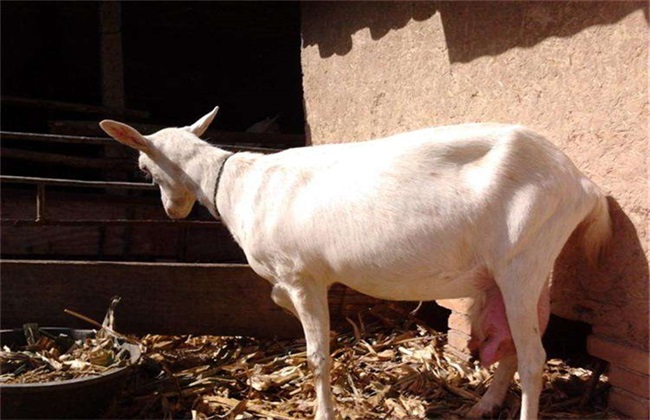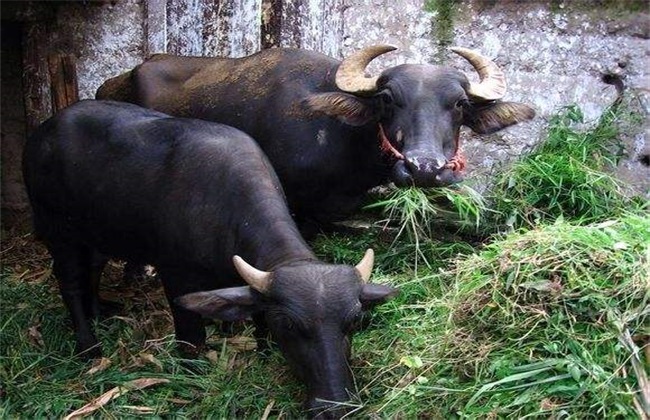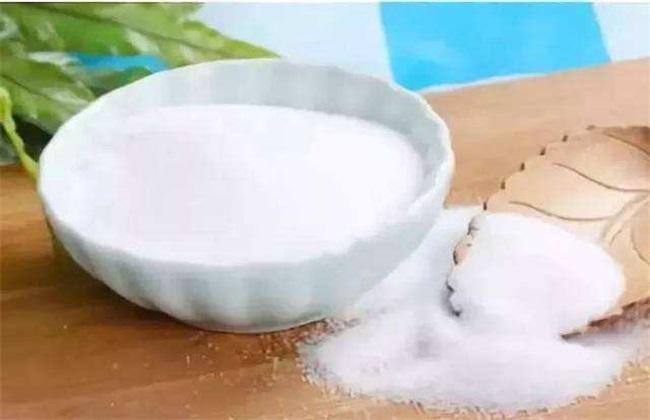High-yield breeding techniques of Dairy Goat
Dairy goat is a kind of goat with long milk production time and large quantity, which is mainly farmed for producing goat milk products. Dairy goats are small in size and have a wide range of food habits, so it is more convenient for breeding and management. It can be said that it is a way to make money with less investment but quick benefits. Breeding dairy goats will have some technical points that need to be paid attention to. Next, we can learn about it together.

1. Seed selection
Different breeds of dairy goats have different individuals and different milk production. Before breeding, it is best to choose dairy sheep such as Saanen milk sheep. You need to choose sheep with long head, long neck and long legs. Generally, the sheep are physically strong and the larger sheep are adaptable. Intuitively choose flexible and robust sheep with good physical quality. But consider whether to adapt to your local environment.
2. Lamb feeding
Newborn lambs eat breast milk to increase immunity and supplement nutrition. they are generally fed breast milk four times a day and can be fed with forage in breast milk two to three months after birth. Also add a small amount of salt, bone soup and other nutritious feed together. Lambs who are more than three months old can eat grass by themselves and feed a small amount of milk. Weaned after four months, mainly eat grass, with a small amount of concentrate, do not feed.
3. Ewe feeding
The sheep that begin to produce milk are mainly fed with grass, or grazed to vegetables for food, and the milk yield of ewes increases one month after delivery, which requires increased nutrient supply. Feed more grass and succulent feed, carrots, sweet potatoes and so on. If lack of nutrition, emaciation of ewes should be increased concentrate feed. Decreased lactation should reduce concentrate feed. Make sure to feed and drink water during feeding, as well as the supply of salt.
4. Dry milking
Milking more times, less times, generally a day milk 6 jin milking twice, a day milk 10 jin milking three times. After lactation for about 10 months, the amount of milk decreases, so that the ewe can no longer lactation. Reduce concentrate feed, green feed also less feed, mainly dry feed, reduce drinking water, less milking. Will gradually stop lactation, enter the recovery period.
The main purpose of dairy goat breeding is to choose good breeding sheep and maintain nutritious feeding from childhood. Lactating ewes need to increase nutrition and adjust feeding structure. Finally, it is necessary to dry the milk in time when lactation drops, to help restore the body.
- Prev

How long does the breeding cycle of buffalo take?
How long does the breeding cycle of buffalo take?
- Next

What are the benefits of raising pigs with baking soda? The role of baking soda in raising pigs
What are the benefits of raising pigs with baking soda? The role of baking soda in raising pigs
Related
- On the eggshell is a badge full of pride. British Poultry Egg Market and Consumer observation
- British study: 72% of Britons are willing to buy native eggs raised by insects
- Guidelines for friendly egg production revised the increase of space in chicken sheds can not be forced to change feathers and lay eggs.
- Risk of delay in customs clearance Australia suspends lobster exports to China
- Pig semen-the Vector of virus Transmission (4)
- Pig semen-the Vector of virus Transmission (3)
- Five common causes of difficult control of classical swine fever in clinic and their countermeasures
- Foot-and-mouth disease is the most effective way to prevent it!
- PED is the number one killer of piglets and has to be guarded against in autumn and winter.
- What is "yellow fat pig"? Have you ever heard the pig collector talk about "yellow fat pig"?

